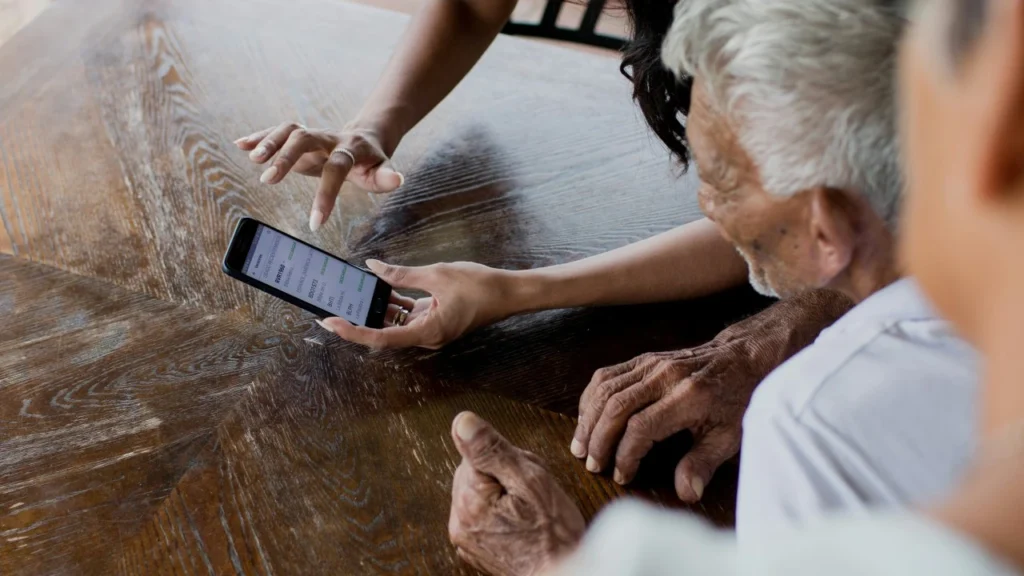And the market — public, private, and community — needs to prepare.
This year, Singapore turns 60. And as we celebrate, it’s also time to reckon with the reality that 1 in 4 Singaporeans will be aged 65 and above by 2030.
That’s just five years away.
At the recent Build for Good hackathon, technologists, caregivers, and community leaders came together to prototype digital solutions to caregiving challenges.
Solutions like CareCompass (https://my.carecompass.sg) and Heartbeat (https://www.build.gov.sg/bfg2024/heart-beat) are not just apps — they’re blueprints for a future where caregiving is intuitive, distributed, and enabled by tech.
But what we need to recognise is this:
The senior of 2030 is not the same as the senior of 2020.
And the senior of 2040 will be even more different.
Those who turn 60 in 2035 will have grown up with smartphones, Google, QR codes, and SingPass.
They would have booked rides on Grab, made PayNow transfers, and shared Facebook posts with their grandchildren.
This is a radically different user profile from someone who turned 60 in 2005 — a group that is still coming to terms with touchscreen interfaces.
So when we build for seniors today, we’re not just solving for the present.
We’re laying the groundwork for the digital needs — and expectations — of future seniors.
Here are some key stats to keep in mind:
- The number of Singaporeans aged 65 and above will double from 600,000 today to over 1.1 million by 2035.
- 78% of seniors used online payment methods in 2022, up from 38% in 2018.
- Only 35% of seniors feel confident detecting online scams, despite being active users.
- Globally, tech use among adults 50+ is associated with 58% lower risk of cognitive decline.
What does this mean?
It means digital inclusion isn’t just about accessibility — it’s also a mental health, productivity, and economic imperative.
And with the right nudges, today’s older adults can become tomorrow’s super users — provided we invest early, listen closely, and iterate often.
It also means that eldertech is not a niche.
It’s a multi-billion dollar industry in waiting — spanning telehealth, smart homes, social connectivity, caregiving platforms, and AI companions.
Singapore, with its rapid ageing and compact urban density, is the perfect testbed for solutions that can scale across ASEAN and beyond.
This is where community-led innovation comes in.
SG Assist, for instance, started with just a few people — Greg Tan Tze Kai and Adrian Tan — trying to solve the gaps they personally experienced in caregiving.
Today, the SG Assist app and its community support functions are a core part of the caregiving ecosystem.
All it takes is a small team that cares deeply about a big problem.
So to all developers, designers, volunteers, and funders —
We need not see caregiving apps as competing products – the more we work together, the merrier we’ll be!
Not to belabour a point that many would already be cognisant of, but it’s good to remember that the people we’re serving — across different communities and needs — deserve options, dignity, and continuity of care.
We’re not in a zero-sum game. We’re in the long game.
One that rewards empathy, coordination, and scale.
Let’s build for the future seniors of Singapore — and beyond.
This article was written by Haojun See and originally posted on LinkedIn on May 5, 2025.



